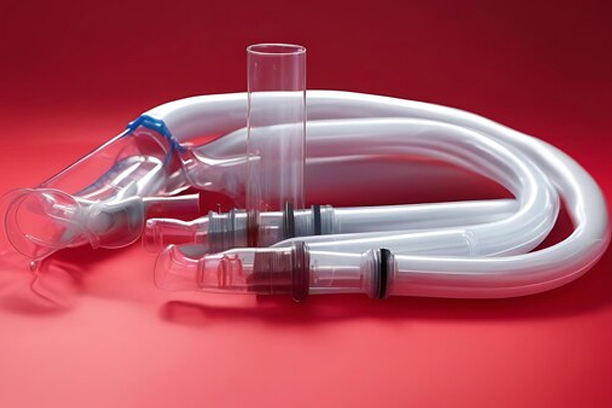Tracheostomy care involves maintaining the cleanliness and functionality of a tracheostomy tube, ensuring the patient’s comfort, and preventing complications. Below is a general guide to tracheostomy care:
1. Supplies Needed
- Sterile gloves
- Clean towels or drape
- Sterile water or saline
- Gauze or tracheostomy dressing
- Cotton-tipped applicators
- Suction catheter and suction machine
- Tracheostomy ties or holder
- Scissors (if needed)
- New tracheostomy tube (if replacement is necessary)
- Hydrogen peroxide (diluted, if used, but often avoided in some settings to prevent tissue damage)
2. Daily Tracheostomy Care Steps
Preparation
- Wash hands thoroughly and wear gloves.
- Position the patient comfortably, typically with the head slightly elevated.
- Gather all supplies.
Cleaning the Stoma
- Remove the old dressing gently.
- Use sterile water or saline with cotton-tipped applicators to clean around the stoma.
- Remove any secretions or crusting around the area.
- Dry the area with sterile gauze.
Inner Cannula Cleaning (if present and reusable)
- Remove the inner cannula by unlocking it (specific to the tube design).
- Soak the cannula in sterile water or a recommended cleaning solution.
- Brush or clean the inside with a small brush or pipe cleaner.
- Rinse thoroughly with sterile water.
- Reinsert the inner cannula securely.
Changing Tracheostomy Ties or Holder
- Have an assistant help stabilize the tracheostomy tube if needed.
- Remove the old ties while securing the tube in place.
- Clean the neck area to remove moisture or irritation.
- Attach new ties snugly but not too tight (you should be able to fit one or two fingers under the ties).
Changing or Replacing the Tracheostomy Tube (if required)
- This is typically done by a trained professional unless in an emergency.
- Follow aseptic technique and institutional protocols for replacing the tube.
Suctioning (if necessary)
- Turn on the suction machine and attach the suction catheter.
- Insert the catheter without applying suction until resistance is met (usually not more than 5-6 inches for adults).
- Withdraw the catheter while applying intermittent suction and rotating it.
- Limit suctioning to 10-15 seconds to prevent hypoxia.
- Allow the patient to rest between suction passes and monitor oxygen levels.
3. Key Considerations
- Infection Prevention: Maintain strict hygiene and aseptic technique.
- Comfort: Be gentle during care to prevent irritation or injury.
- Monitoring: Observe for redness, swelling, discharge, or changes in the patient’s breathing.
- Emergency Preparedness: Keep a replacement tracheostomy tube, obturator, and suction supplies nearby.
4. Signs of Complications
- Redness, swelling, or foul-smelling discharge around the stoma
- Difficulty breathing
- Excessive secretions or blockage
- Dislodgement of the tracheostomy tube
- Bleeding or skin breakdown around the site





